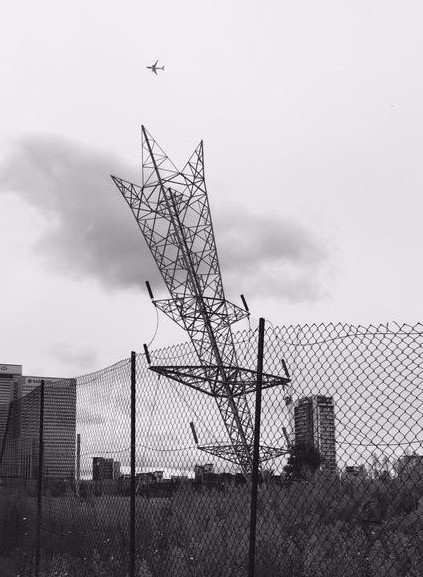Unexpected Encounters with Deep Time
Our series focus on ‘unexpected encounters with deep time’ emphasises the way that deep time is encountered in materiality of the everyday. Likewise Jane Bennett has stressed that enchantment arises, unanticipated, in the moment, in the “active engagement with objects of sensuous experience” (5).
Earlier in 2015 the discovery of homo naledi propelled enchantment into a framework of deep time. The speculation is that early human ancestors, perhaps from as much as 4 million years ago, may have ritually buried their dead in the dark Rising Star caves. The questions of when, where and for whom the world first appeared as enchanted have abruptly shifted from the 200,000 or so years of homo sapiens into a much longer past. Elsewhere, the deep future of enchantment can be gleaned from discussions around the future of nuclear waste. Will future descendants still be enchanted by this ‘new immortal’? If so how do present humans protect them from their own curiosity when conventions of communication are so closely embedded within shallow time? Looking closely at the implications of these questions reveal cracks in the shell of human exceptionalism. After all the questions around nuclear waste are often accompanied by the caveat that these descendants we seek to protect may no longer be human. Yet enchantment is a concept tied to the core of the humanities. Stories of the loss of disenchantment remain central to definitions of modernity and the rise of secularism, and enchantment’s return, via claims of the rise of religious fundamentalism, is central to contemporary geopolitics. Within environmental literatures enchantment has been seen as a way of mobilising ethical responses on an increasingly damaged planet (e.g. Abram; Bennett) and critiqued for contributing to the forgetting of countless ‘unloved others’ (Rose & van Dooren).
This workshop, the first of three (workshops two and three looked at Violence and Haunting), examined what enchantment might become within a framework of deep time.
Keynote:
Prof Libby Robin (Australian National University/National Museum of Australia): ‘Cabinets of Curiosity: Objects of Strange Change’
Presentations:
-
-
- Christina Fredengren (Stockholm University): ‘Deep Time Materialising‘
- Christine Hansen (University of Gothenburg): ‘The Politics of Time in a Fire Zone‘
- Alan MacPherson (University of Aberdeen): ‘Art – Trees – Walking – Rocks: Deep Time Enchantment in Huntly, Aberdeenshire’
- Osbert Lancaster (osbert.org/University of Edinburgh): ‘A Story of Deep Time in Practice‘
- Katy Ewing (University of Glasgow): ‘Writing about Corncockle‘
- Martin Philip (University of Edinburgh/The Open University): ‘Curling reality: progress on thin ice’
- Alan Beattie (University of Lancaster): ‘Landscapes of deep time in poetry from the Cumbrian edgelands’
- The Confraternity of Neoflagellants: ‘Mobilitas Loci (Muller Ltd.)’
- Christos Galanis (University Of Edinburgh): ‘Enchanté: Singing the other into existence’
- Sarah May (University College London): ‘Futures of Safety and Adventure, (Re)Enchanting the Future’
- Bronislaw Szerszynski (Lancaster University): ‘Gods of the Anthropocene: human and inhuman agencies in the Earth’s new epoch’
- Michael Northcott (University of Edinburgh): ‘The Ethical Implications of Different Deep Time Eschatologies among Scottish Christian Environmental Activists’
-



